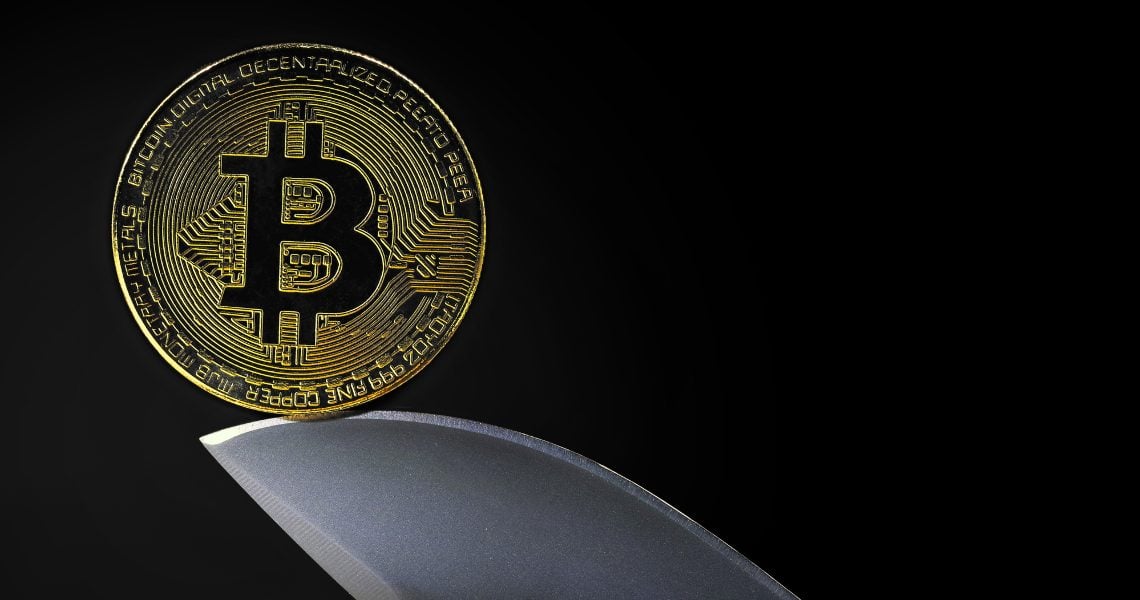On May 12th, 2020, the bitcoin miner reward will be halved for the third time. But what will happen to Bitcoin after the halving?
Starting with the 630000th block, which is estimated to be mined on May 12th, the miner who manages to mine a single block will be rewarded with 6.25 BTC.
Initially, this reward was 50 BTC, then it was reduced a first time to 25 BTC on November 29th, 2012 and a second time to 12.5 BTC on July 10th, 2016.
The fact is that the reward for miners is the only source of new BTC. For example, before the genesis block on January 3rd, 2009 there was no BTC and the first 50 BTC were created with that block as a prize to the miner who mined it (Satoshi Nakamoto).
Therefore the circulating supply of BTC is changed only by this factor and by the possible loss of private keys that result in the impossibility to move the BTC contained in the corresponding public addresses.
The halving of the reward is also equivalent to the halving of the creation of new BTC, since the rate at which the blocks are mined remains fixed around 10 minutes and this has a considerable impact on the creation of new circulating volume.
If anything, due to the fact that, sooner or later, thanks to the halvings, no more new BTC will be created, this cryptocurrency has a deflationary nature, because the number of bitcoin actually circulating at some point, in the distant future, will start to decrease.
What happened during the past halvings
In short, halving is the most important event in the history of bitcoin since the genesis block, and is also basically one of the main reasons for its success.
For example, during 2019 about 688,000 new BTC were created, which increased the bitcoin money supply by 3.9% during the year.
In 2020, on the other hand, around 450,900 BTC are expected to be created, which will reduce the annual increase in the circulating money supply to 2.5%.
In 2021 the BTC created will presumably fall to 328,500, reducing to about 1.8%.
This reduction in the increase in circulating mass is likely to generate a reduction in the supply of bitcoins on the market and this could mean a price increase if demand remains constant, or increases.
However, this also has a downside.
In fact, a halving of the reward for the miners also means a halving of their revenues. Nevertheless, despite what one might believe, this remains a problem exclusively for the miners themselves, who will have to find ways to reduce costs, because the Bitcoin protocol is designed to work regardless of the number of miners validating the blocks.
If, for example, halving the reward were to cause some miners to stop mining, this would, on the one hand, increase the percentage of BTC available to other miners who decided not to quit, while on the other hand, it would also decrease the hashrate at the disposal of Bitcoin mining.
In this case, the protocol will automatically adjust the difficulty, so that even with less hashrate available, one block is always mined about every 10 minutes.
Therefore, the halving will not change the mining operation, but at most will reduce the number of miners.
In addition to this reasoning, it must be added that miners generally cover their costs by spending fiat currency, so if the BTC they will receive as a bonus will be worth more in dollars for example, in the end their earnings could change little, or even theoretically increase.
Hence halving will have no impact on mining, but perhaps it will have an impact on individual miners, whereas it will certainly reduce the increase in the money mass, and therefore the market supply.




